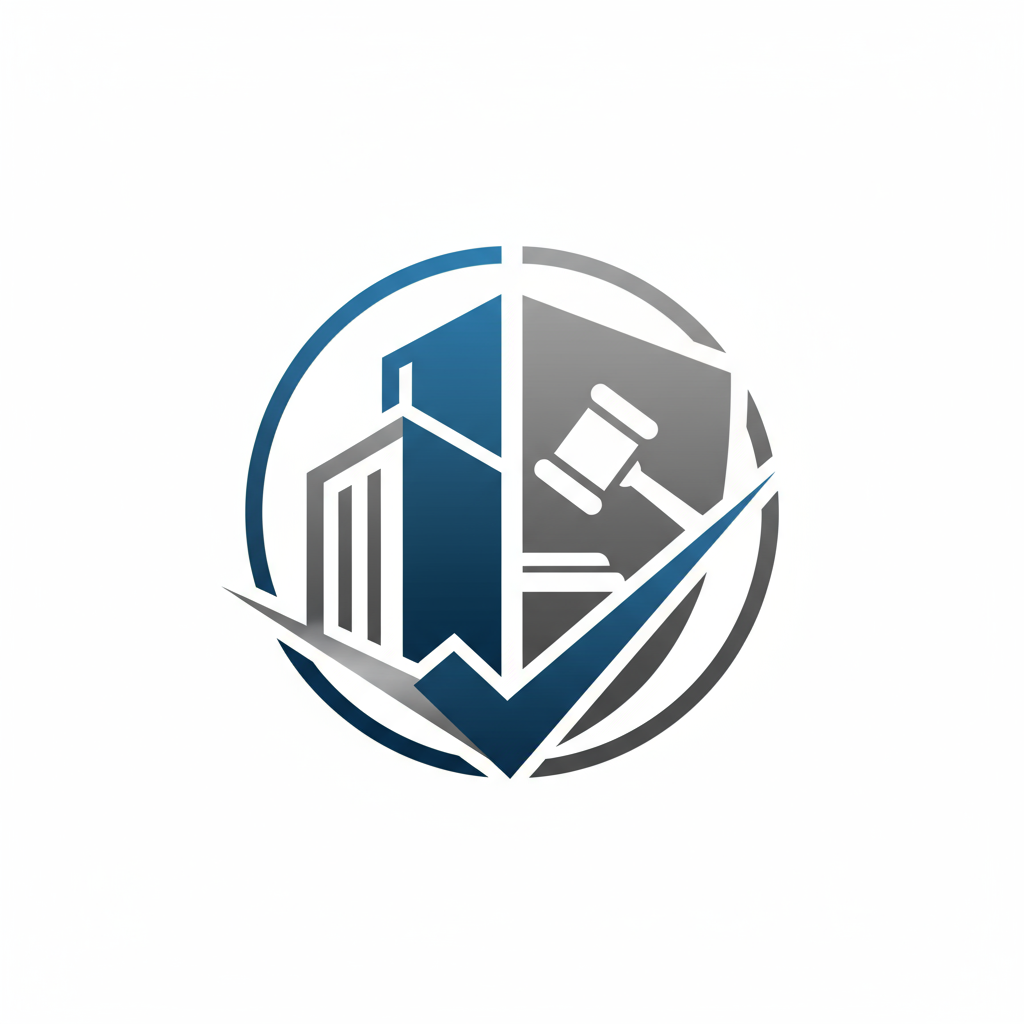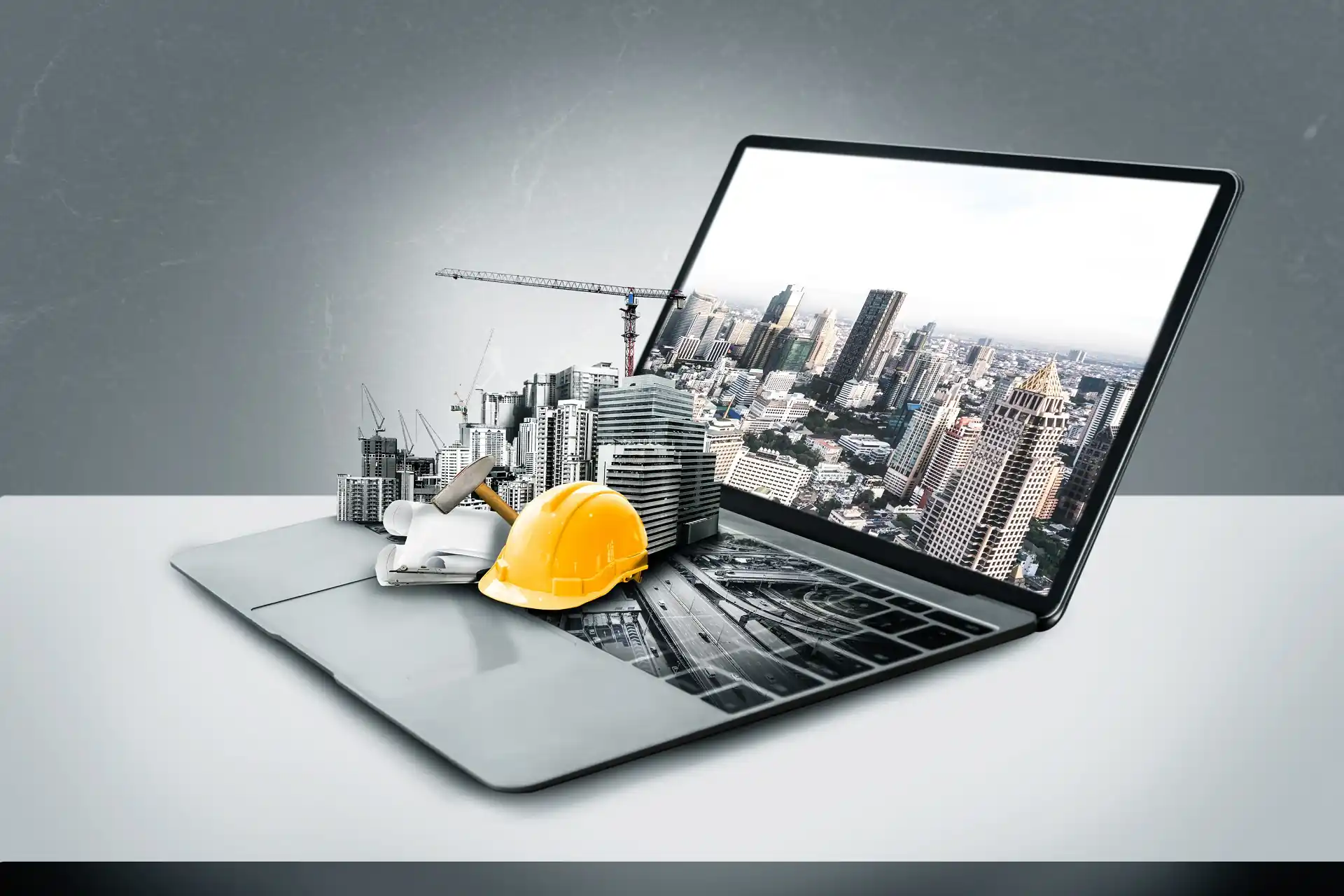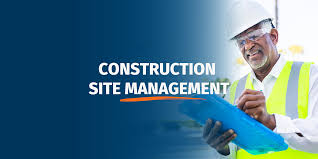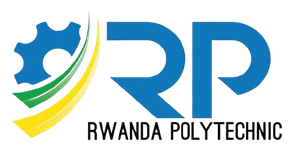Construction quality assurance and control is a key duty that makes the construction
project efficient and produces a sustainable construction. This module describes the
skills and knowledge required to perform construction material testing and manage
construction project quality.
- Teacher: Mujawimana VIOLETTE

Building legislation and compliance module describes the skills and knowledge required to interpret construction guidelines, codes, laws and standards relevant to construction project. The competencies acquired in this module will equip you with ability to analyze construction project related problems and challenges and apply relevant solutions in compliance with the construction guidelines, laws, policies, codes and standards requirement.
- Teacher: Jean Pierre NGABOYIGIHUGU

This course helps students learn how to use modern computer software to support different activities in construction projects. Students practice with tools like Plaxis 3D, ETABS, BIM and MS Project to create drawings, design structures, and plan project schedules. The course connects classroom knowledge with real industry needs by showing how digital tools improve accuracy, save time, and make construction work more organized. By the end, students will be able to use these software programs to prepare designs, manage resources, and contribute effectively to construction projects.
- Teacher: Emmanuel MUNEZERO
This module describes the skills and knowledge required to follow health, safety, security and environment procedures, identify hazards, assess the associated safety risks and take measures to eliminate or control and minimize the risk, cooperate as employees and employers to ensure safety at work.
- Teacher: MICHEL MUTABARUKA

Module Contents
Chapter 1. Apply Structural Principles to Building Construction
1.1 Introduction to structural principles in building construction
1.2 Loads and forces acting on structures (dead, live, wind, seismic)
1.3 Structural systems in buildings (load-bearing walls, frames, trusses, shells)
1.4 Material behavior and selection (concrete, steel, timber, masonry, composites)
1.5 Stability, equilibrium, and load transfer mechanisms
1.6 Structural safety, serviceability, and durability considerations
1.7 Case studies of structural failures and lessons learned
Chapter 2. Manage Construction Equipment
2.1 Role of equipment in construction productivity
2.2 Classification of construction equipment (earthmoving, lifting, concreting, roadworks, etc.)
2.3 Equipment selection criteria (project type, cost, availability, site conditions)
2.4 Equipment planning, scheduling, and utilization
2.5 Preventive maintenance and repair management
2.6 Equipment safety protocols and operator training
2.7 Life cycle costing and economic considerations in equipment management
Chapter 3. Manage Construction Wastes
3.1 Types and sources of construction waste (demolition, excavation, packaging, defective works)
3.2 Environmental and economic impacts of construction waste
3.3 Waste management hierarchy (reduce, reuse, recycle, dispose)
3.4 Site waste management planning (SWMP)
3.5 Innovative waste minimization techniques (lean construction, modular construction, BIM)
3.6 Regulatory frameworks and standards for waste management
3.7 Case studies of sustainable waste management in construction projects
Chapter 4. Perform Demolition Works
4.1 Introduction to demolition works and their significance
4.2 Types of demolition (manual, mechanical, controlled, explosive)
4.3 Pre-demolition planning and surveys (structural, environmental, hazardous materials)
4.4 Safety and risk management in demolition operations
4.5 Equipment and techniques used in demolition works
4.6 Environmental considerations (dust, noise, vibration, waste disposal)
4.7 Legal and regulatory requirements in demolition projects
4.8 Case studies of successful demolition projects
Chapter 5. Execute Construction Works
5.1 Overview of construction processes (site preparation, foundations, superstructure, finishes)
5.2 Project planning, scheduling, and sequencing of works
5.3 Site organization and logistics management
5.4 Quality control and assurance in construction works
5.5 Health, safety, and environmental (HSE) considerations on construction sites
5.6 Contract administration and supervision during execution
5.7 Technology in construction execution (drones, BIM, automation, robotics)
5.8 Case studies and best practices in executing construction projects
- Teacher: Pierre Anthyme BAHATI

